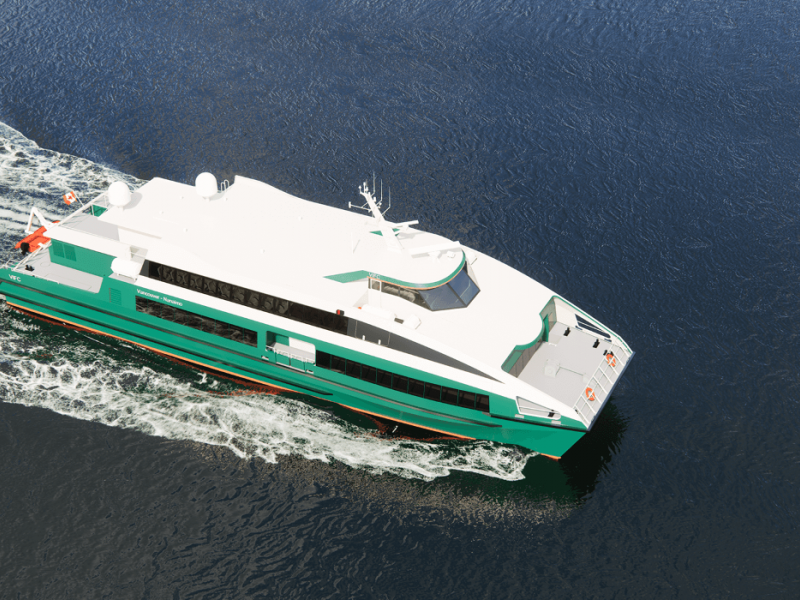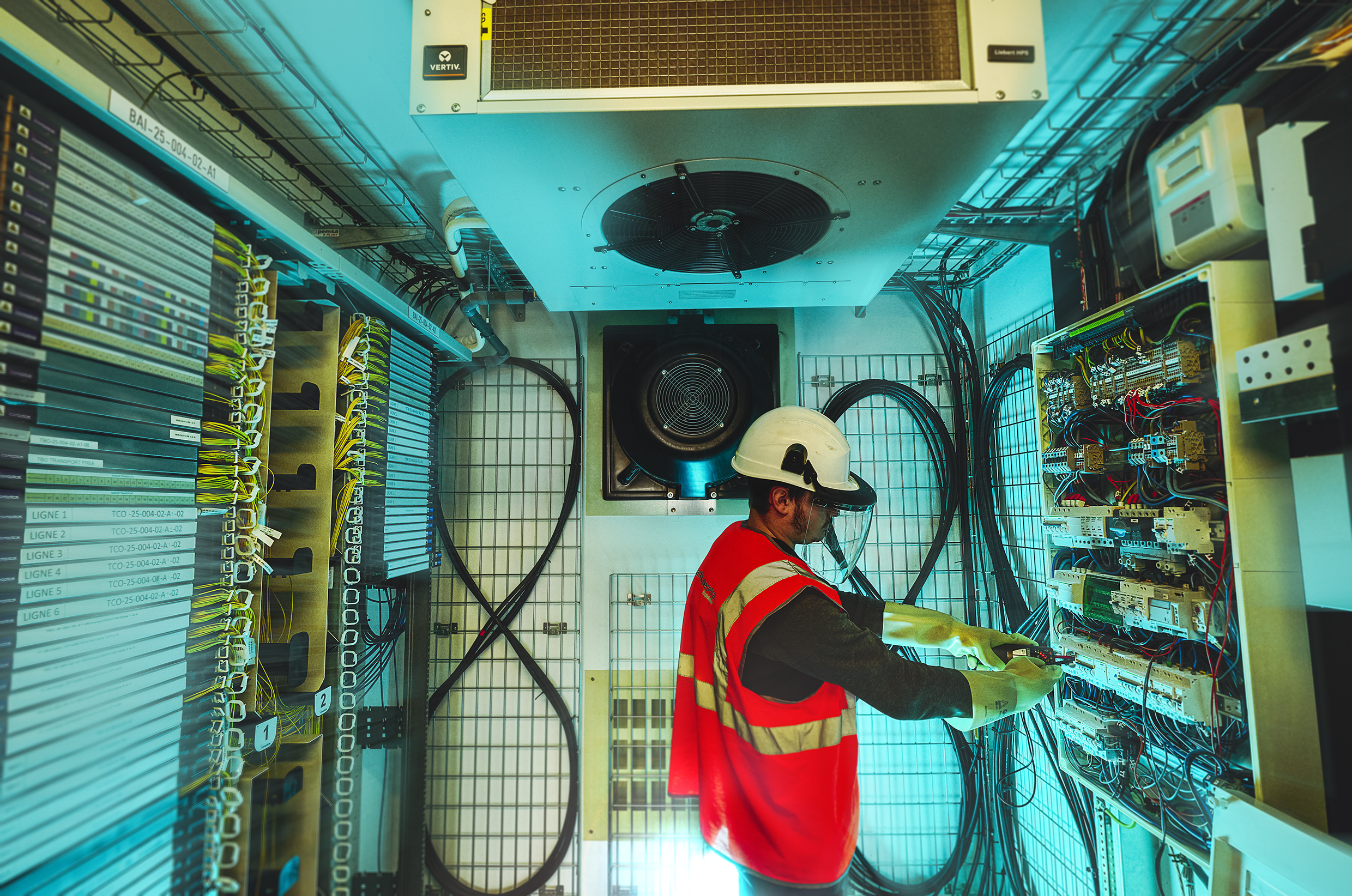Low-carbon and renewable energy generation is now recognised as part of the mainstream infrastructure asset class for financial and institutional investors around the globe through generalist and specialist infrastructure funds alike. According to Bloomberg New Energy Finance, the total volume of investment in clean energy represented $287.5 billion in 2016 and acquisition activity volumes exceeded $100 billion for the first time. The offshore wind sector saw a 40 percent increase in activity, with capital spending commitments reaching $29.9 billion in 2016.
The recent growth of the offshore wind segment has been impressive and Europe is clearly dominating the sector with some 90 percent of the installed worldwide capacity, according to the Global Wind Energy Council. Europe’s cumulative installed offshore wind capacity at the end of 2016 reached 12.6GW across a total of 3,589 wind turbines. There are now 81 offshore wind farms – including sites with partial grid connection – in 10 European countries, data from Wind Europe reveals.
These figures show that the industry has the maturity to efficiently develop, manufacture, install and operate offshore wind farms. Offshore wind is no longer an emerging sector. The industry, however, continued to witness drastic structural changes in 2016, a symptom of the evolution of the offshore wind sector from puberty (growing fast, experimenting and challenging the consensus) to adulthood (consolidation of the market players, with focus on efficiency and performance).
Consolidation was a prominent characteristic of 2016 in two ways. Firstly, large European utilities further cemented their market positions through competitive auctions and private development. Secondly, the structure of the industry has reshaped through intense M&A activity in 2016, notably involving the turbine manufacturers (the Siemens-Gamesa-Adwen transaction or GE’s acquisition of LM Wind Power emerging as examples).
In terms of efficiency and performance, the industry is targeting all the key value drivers from the design stage – such as bigger and more reliable turbines and steel optimisation for foundations – through to the installation and operational stage – such as the use of computerised 3D models, blade installation simulators, vibration monitoring systems, SCADA and wake models to improve power production. The digitalisation trend is analogous to all major industrial sectors, like aviation or automotive, and illustrates the sophistication of the offshore wind industry.
Finally, the sector is underpinned by clear government policy and a visible pipeline of projects on the back of continued commitment to the green agenda following the 2015 COP21 agreement, signed in Paris. In Europe, many countries have clarified their medium-term renewable energy targets and the effective implementation of EU legislation has shaped most procurement processes. While each country is regularly revisiting their framework to deliver their national objectives, we observe convergence of public sector action towards large-scale and highly competitive auction programmes.
An attractive investment proposal
The catalyst for the finance community came with the use of limited recourse finance for new projects. The evolution of the funding structures enabled financial and institutional investors to actively engage with developers or utilities and bring large amounts of equity capital into projects. Complementing the development of limited recourse finance has been the greater focus in the contractual framework on risk allocation and comprehensive risk pass-through structures for both construction and operations. Investors now have access to highly structured investment opportunities similar to other large-scale complex greenfield infrastructure projects, with fixed-price design and build contracts, turbine supply agreements offering solid performance guarantees and long-term full-scope operation and maintenance contracts.
The offshore wind sector typically has less uncertain wind regimes compared with most onshore wind projects as a result of lower wind speed variability and flatter terrain. The reliability of wind forecasts benefits from a combination of data measurement tools installed on site and sometimes from the data of neighbouring wind farms.
Together, the contractual and financing framework with the steady wind regimes helps to forecast the envelope of cashflows available to service the senior debt and offers stable and resilient equity yield, all of which is highly sought after by investors.
Recent investment activity has included the acquisition of early stage development sites (where the investor bears the full development and permitting risk but can extract high rewards), of ready to build projects (where investors can enter into projects when contracts are in place and design or construction activity is just starting) and of fully operational wind farms. New installed capacity over the last two years has created a very healthy pipeline of opportunities for financial and institutional investors and should provide attractive risk-adjusted returns for operational assets.
Although the offshore wind sector is offering enticing investment opportunities, the projects remain structurally complex and challenging primarily because of the marine environment (waves, wind and bad weather need obvious careful risk assessment and contingency plans) and the logistic challenges of a global supply chain.
The sector is also continuously pushing the frontier of turbine size: with 9MW capacity turbines now becoming a reality, 10MW prototypes may appear before 2020. The race for larger machines impacts the entire foundation design and monopiles, which have now become steel giants at over 2,000 tons, requiring bespoke manufacturing and installation techniques.
Selecting strong partners, structuring robust contracts and bringing together a competent project management team are all essential success factors to develop, build and manage these projects and protect the return on investment.
The opportunity
InfraRed Capital Partners, as a leading independent investment manager in infrastructure and real estate with over $9 billion of equity under management, has recently closed its first investment in the offshore wind sector: the 400MW Merkur offshore wind farm, in Germany.
This transaction continues InfraRed’s longstanding and successful track record of investing in renewable energy infrastructure across all stages of the project lifecycle, from development to ready-to-build or operational stage. Through the UK’s largest listed renewable energy fund (TRIG – a member of the FTSE250) and three private funds, and over a period of more than 10 years, InfraRed has now invested in more than 60 projects in the renewable energy space representing gross capacity in excess of 2GW.
As a longstanding investor in infrastructure, InfraRed is fully equipped to meet the challenge of investing in offshore wind and this sector is in the sights of TRIG and a strategic priority for our new capital gain fund: InfraRed Infrastructure Fund V. Our first offshore wind investment had additional complexity because of its difficult history, but with a dedicated investment team undertaking extensive due diligence, strong consortium partners, an efficient banking group and excellent professional advisers we successfully reached financial close in August 2016. The delivery of the p roject, which commenced its offshore pre-construction activities at the end of 2016, is managed by a highly competent local team, that interacts very closely with our own internal asset management specialists to anticipate and address difficulties that may arise and drive efficiencies.
InfraRed Capital Partners continues to actively pursue opportunities in this sector both in Europe and across other developed markets. We are excited about working with our project partners and investors in this now-established sector in projects that are likely to create opportunities for co-investment. Investors need to be ready for the offshore wind asset class as this will be a significant component of future low carbon and renewable energy portfolios.


